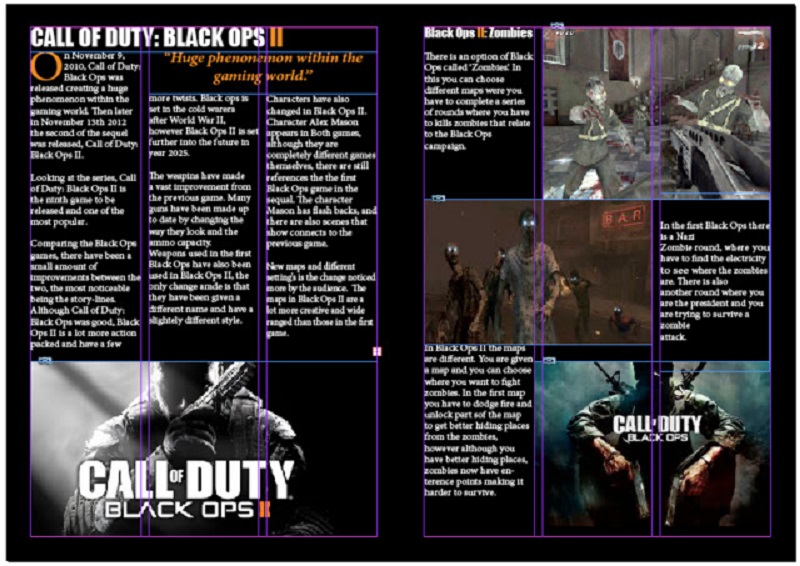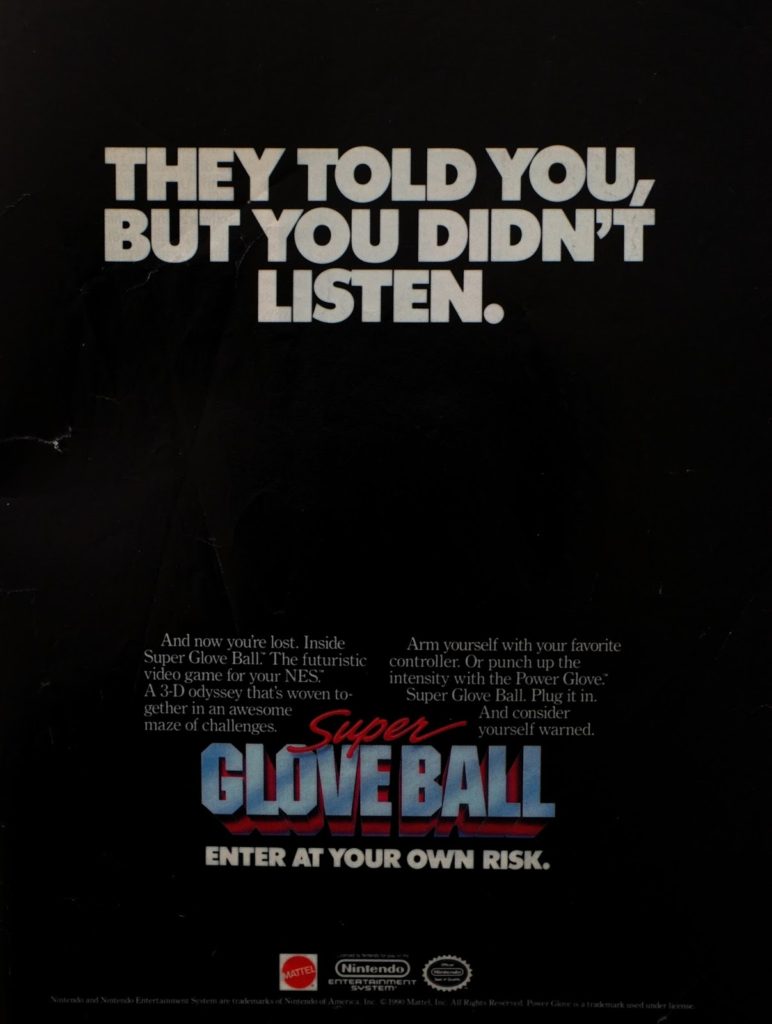| category | famliaralties | differences | theory |
| CHARACTERS | In the Missing & Witnesses the main detectives have a ‘natural’ instinct and ethics for law and order / good and bad | In the Missing & Witnesses the main detective is not the typical ‘male hero’ Missing French, old, retired, limping. In Witnesses young, bold, female, French, immigrant, single mother | PROPP, presents the idea of STOCK CHARACTERS, inc ‘hero’, ‘false hero’, ‘princess’ (Witnesses), ‘father figure’, ‘despatcher’ (Missing) |
| NARRATIVE | both the missing and witnesses finish the episode with a cliffhanger, e.g in the missing Baptiste saying he doesn’t think the girl who returned home was Alice Webster and in witnesses it ends with a blurry figure who was shooting at Paul and you don’t know who it is | the missing contains flashback scenes the narrative does not follow a linear scale whereas witnesses is in chronological order | CHATMAN / FREYTAG /TODOROV |
| THEMES | |||
| REPRESENTATION | |||
All posts by Jessica M
Filters
livingston and lunt
what is the difference between a consumer based media regulation system ad a citizen based regulation system?
CONSUMER BASED: seeks to guarantee audience choice and promote product diversity. media makers are given as much freedom as possible to make the media that audiences want to consume.
CITIZEN BASED: argues that the media ought to play a significant role in shaping society and it citizens, more government controlled. citizen based regulatory systems outline a civic role for the media and encourages media makers to produce content that contributes to the social and cultural health of the societies in which they operate.
what was the impact of the 2003 communications act on media regulation?
as a result of the 2003 communications act ofcom was introduced independent production companies were freed up to produce content that was more commercially viable but this also resulted in the production of programming that lacks civic-minded republicanism.
what is the drawback of a self-regulated system?
it leaves production companies to decide their own ethical and moral codes, if you have a complaint against a company that is self regulated they will be biased towards themselves and you’re unlikely to see your complaint resolved. self regulated commercial producers are mindful of the impact that editorial content will have on advertising revenues, advertisers will place ads in products that match their own brand values and will pull advertising if content does not match their own ethical steer.
how do you regulate media and organisations on a global scale?
some global organisations/companies have created content vetting algorithms but there can be problems with this as the internet moves so fast and there are hundreds of thousands of uploads made every minute that they cant keep up and it can be a while until something that is not appropriate for the website to be taken down/regulated.
hesmondhalgh
| Hesmondhalgh | case studies |
| star formatting | the missing: Keeley Hawes had appeared in many TV dramas before the missing therefore her starring in the missing would gain attraction towards the TV show from people who are fans of her or previous TV shows she has starred in. |
| internationalisation | the missing: the show gains more international appeal due to the setting being in Germany and there are switches between language through the show and providing subtitles when characters are not speaking English Witnesses: (Les Témoins) witnesses gains an international appeal as it is set in France and spoken in French throughout the whole episode however because it is a popular genre it has been broadcasted in different places around the world such as the USA and the UK and provides a translated title and subtitles. |
| genre formatting | for both the missing and witnesses the titles help audiences gain an idea of the narrative of the shows before watching as they both suggest a sense of mystery and crime through the connotations of the words ‘missing’ and ‘witnesses’ and both tv shows are crime/mystery dramas. |
| serialisation | both products, the missing and witnesses, have at least a second season therefore minimising the risk of producing as they both already have established audiences who will be excited for the next series/episodes |
the missing vs witnesses
The missing
- The missing is a British anthology drama television series written by brothers Harry and Jack Williams. It debuted in October 2014 on BBC 1.
- ‘the missing’ relates to the theory of uses and gratifications as it made solely for the purpose of entertainment.
- the distributor is All3media
- mainstream television product in which the codes and conventions of the crime drama are recognisable but they are also challenged
- It is an example of co-operation between
the BBC, STARZ (USA) and the Belgian government’s Tax Shelter scheme - mostly in english but switches between languages throughout to appeal to both national and global viewers
Witnesses
- the series constructs a stylised representation of ‘real’ places which transmit meanings about characters, places and issues.
- Witnesses can be defined as postmodern in its self-reflexive style
- belongs to the drama and crime genres
- networks : France 2, RTBF, Channel 4, BBC Four
curan and seaton key words
horizontal integration: witnesses – different streaming/broadcasting channels all streaming the series in different countries e.g. netflix in the USA, channel 4 in the UK
commercial media:
public service broadcasting: broadcasted on the BBC 1 – the missing
vertical integration: – the missing made by bbc and broadcasted by bbc – e.g. all stages of production done by one company (BBC)
media convergance
media pluralism: a healthy amount of different media products created by different media companies e.g. so no one company creating loads of the same thing
David Hesmodhalgh
a2 nea
Style models







statement of intent
I am following brief two and creating a gaming magazine and three print adverts. My magazine will be named ‘GAMEIN’, this title is an attempt at a play on words as it is a gaming magazine which is about all the inside information and insights into the gaming industry, ‘GAMEIN’ also sounds similar to the word gaming. My intended target audience for this magazine is british male teenagers in the age range 13-17.
I have looked at style models from the magazines PC Gamer and Games™ and have taken inspiration from both of these magazines. I have also looked at adverts within these magazines and taken inspiration from them, my adverts will have simple designs that easily get the message of the advertisers across, I will advertise new games as well as a product that games can be played on. The games/products advertised will be targeted at the target audience.
The main font used for text throughout the magazine will be ‘Algerian’. My masthead will be in capital letters and in bold writing and a bold colour to ensure that it is eye-catching and stands out around other magazines.
I will include a clear house style to my magazine, all pages will be black with a red strapline across the top of each page. My masthead on the front cover will be in capital letters, bold and red.
I have used the colour black as the background / page colour for my magazine as black is associated with power, strength and rebellion, these connotations often relate to what my intended target audience is interested in and will make them more attracted to the magazine. I have also used the colour red as it is intense and it connotes symbols of blood, danger and war which is what is in a lot of games that teenage boys in the age range 13-17 are interested in so it draws them into the magazine and makes them interested.
All images, logos and copy is original, and I will create my magazine and print adverts on adobe photoshop. To create images for my magazine/print adverts I will use adobe fuse to create life-like cartoon characters to make them look as though they are actual characters from video games. I will also create 8-bit art to create vintage style games characters and icons.
I will use Blumler and Katz uses and gratifications theory and will create my magazine to be informative and educational about the gaming world. I also would like it to be entertaining. The main image is an iconic sign of a man in army style clothing. The code within the magazine will be through the use of colour. The codes will convey connotations of power, danger and violence. The magazine will be a reactionary text as it follows societies ideas of gaming and masculinity within it.
score advert parody

feminist critical thinking

csp 13: ADVERTISEMENT and marketing
Score – pre-1970
Denotations:
- male surrounded by group of females
- phrase ‘get what you’ve always wanted’ in the top corner
- females wearing small amounts of clothing
- male is fully clothes and holding a weapon
- the models are in a jungle setting
- five females are carrying one male on a seat through a jungle
Connotations:
- the phrase suggests that the product being advertised has allowed the male in the image to ‘get’ the females that are surrounding him
- the male model holding a weapon suggests an enhanced image of masculinity and that the product being advertised may help male consumers obtain the same image
- the female models i the image are wearing clothing that shows their midriffs and their legs this suggests that the advert is alluding to the male gaze
- the male is surrounded by a group of ‘attractive’ females which suggests that if using the hair product being advertised you will become more desirable to the opposite gender
Key quotes:
- get what you’ve always wanted
- Score’s famous masculine scent
- if you haven’t been getting all you want from a liquid hair groom, get new Score Liquid
- made by the men
Evaluation:
this advert is attempting to appeal to the male gaze and the gender stereotypes of masculinity in order to sell a hair cream product. the product is described as ‘Score’s famous masculine scent’ this suggests to the consumer that the product helps to enhance a males masculinity. from the image the advert also suggest to the consumer that the product will make you more desirable to females as the male model in the image has used the product and ended up with a group of females in ‘the middle of a jungle’ fawning over him, attempting to reach out to him and touch him and carrying him. it also suggests and enhancement of masculinity through the image of the male model carrying a dangerous weapon. the theory of the male gaze is used in the advert as the producer has specifically chosen stereo-typically attractive females in shot skirts and cropped tops to be at the front of the image, this is what they are using to draw the consumer into the advert in the first place. they have created a narrative in the advert though different components of the advert, the phrase in the top right corner suggests the narrative that it is the hair cream that could land you in different situations and getting what you want and for the male model in the advert it suggests that he wants a group of females to be in admiration of him and attracted to him. the advert attempts to persuade the consumer that by using Scores product not only will you get the desired hair style that you have been wanting but also will be open to new opportunities in getting other things you want in life. the advert states “if you haven’t been getting all you want from a liquid hair groom, get new Score Liquid”
Theories to link:
- Edward said – Orientalism
- Laura Mulvey – male gaze – 2nd wave feminism (60’s/70’s)
media psychology
B.F. Skinner
- behavioral signs/operant conditioning
- the notion of free will is fiction
- states that we are acting under the conditions of a social structure
- schedule of reinforcement
Harold Lasswell
- involved in the first world war
- wrote book in 1927 called ‘propaganda technique in the world war’
- highlighted the brew of a ‘subtle poison which industrious men injected into the veins of a staggering people’
- hypodermic model – suggests the direct injecting of media messages into the passive audience
- highlights the difference between propaganda and persuasion
- developed the theoretical tool of ‘content analysis’

My example:
who: Nigel Morris – journalist for ‘The i’
says what: ‘No more left and right: UK’S ‘seven political tribes’
channel: The i newspaper
to whom: readers of ‘The i’ newspaper who are centrally politically aligned/ more left leaning
with what effect: suggests that
Shoshana Zuboff
- the age of surveillance capitalism – book
- emerging behavior control technology e.g. phones, used to stimulate certain types of behavior
- “the behavioral technology being developed in the united states today touches upon the most basic sources of individuality and the very core of personal freedom”
Cambridge Analytica
- Alexander nix – CEO
Shannon and Weaver (1949)
Laswell’s hypodermic model of media effect was adapted/developed by Shannon and Weaver in 1949 as the Transmission model of Communication, which included other elements, such as NOISE, ERROR, ENCODING and FEEDBACK
Paul Lazarfeld
- recognised that a simple, linear model may not be sufficiently complex to understanding the relationship between message sent > message received
- , in 1948 he developed the Two Step Flow model of communication
- Lazarfelds model also took account of the way in which mediated messages are not directly injected into the audience, but while also subject to noise, error, feedback etc, they are also filtered through opinion leaders, those who interpret media messages first and then relay them back to a bigger audience.
- audiences are active, choosing which opinion leader/influencer to listen to

uses and gratifications (active selection)
- Research into this area began with Denis McQuail and Jay Blumler, who in 1969, looked to study the 1964 UK Election. In the early 1970’s they were joined by Elihu Katz, Joseph Brown, Michael Gurevitch and Hadassah Haas.
- they put forward research to show that individual audience members are more active than had previously been thought and were actually key to the processes of selection, interpretation and feedback
- suggested people seek particular pleasures/uses and gratification that are catogorised into ;
- information / education
- empathy and identity
- social interaction
- entertainment
- escapism
Or categorised as: diversion, personal relationships, personal identity and surveillance.

It is suggested that much of this research was informed by Maslow’s hierarchy of needs (1954)

George Gerbner’s cultivation theory
- George Gerbner, Larry Gross and others worked on a large-scale, positivist, in-depth, longitudinal study into the effects of television, which started in 1975
- Looking primarily at the relationship between violence on television and violence in society. They developed what is known as cultivation theory, noting the distinct characteristics of television in relation to other media forms.
- Quote: ‘television cultivates from infancy the very predispositions and preferences that used to be acquired from other primary sources‘
Stuart Hall’s theory of preferred reading
the theory suggests that there are three different ways of reading/interpreting a text, dominant/negotiated/oppositional which suggest;
- A dominant position accepts the dominant message
- A negotiated position both accepts and rejects the dominant reading
- An oppositional position rejects the dominant reading
the daily mail and the i: applying theories and theorists
Chomsky
There is evidence of Chomsky’s theory of manufacturing consent in both ‘The Daily Mail’ and ‘The i’, for example, ‘The Daily Mail’ owners have links with ‘the establishment’ (the UK government) and the prime minister of the UK Boris Johnson. it also provides evidence of uniting against a ‘common enemy’, the paper is known for having a right-winged biased view on politics and support the Conservative party so the ‘common enemy’ is the left-wing Labour party and many of their stories about politics will be exposing and ridiculing members of the labour party and creating a negative view on them whilst painting members of the conservative party in a good light. These factors help contribute to forming the readers of ‘The Daily Mail’s’ opinions on different political parties and can sway undecided voters to vote for the political party that the newspaper is backing in elections.
Habermas
Evidence of Jurgen Habermas’ theory of the public sphere can be found in the newspaper ‘The i’. the theory of the public sphere suggests that there is an area in social life where people can freely discuss and identify social problems. ‘The i’ is a non-biased newspaper which focus’s on stories that focus on social issues and inequality, it is not politically aligned with a specific political party and allows its readers to make up their own minds about things such as politics and social and world issues.
